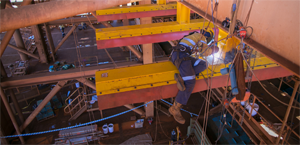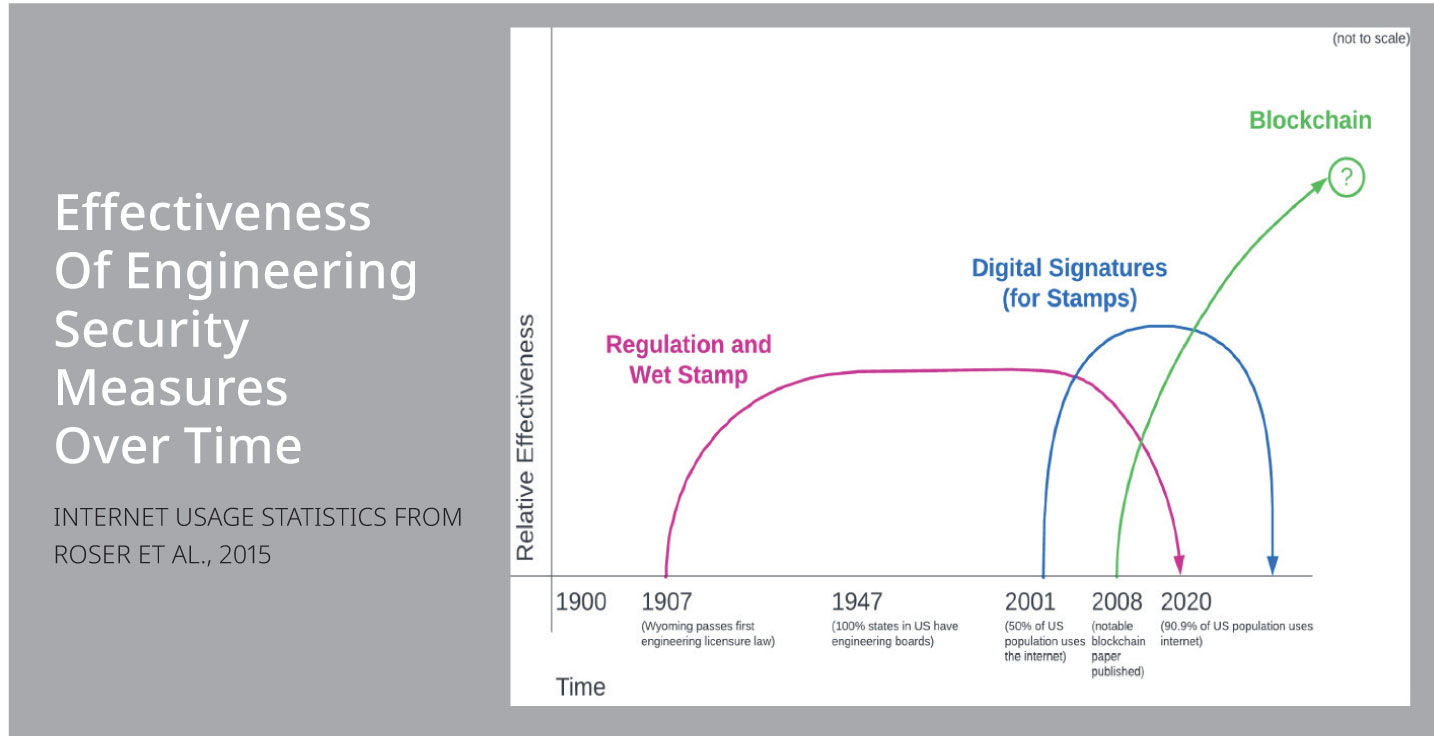July/August 2019
Communities: Construction
Design for Construction Safety Gains Followers in Academia
 The construction industry has one of the highest fatality rates of any industry sector. In 2017, more than 5,000 workers died on the job—more than 14 each day. Combine that with the fact that 60% of construction workplace injuries occur within the first year of employment and one can begin to see how greater attention to safety during the design process could pay off.
The construction industry has one of the highest fatality rates of any industry sector. In 2017, more than 5,000 workers died on the job—more than 14 each day. Combine that with the fact that 60% of construction workplace injuries occur within the first year of employment and one can begin to see how greater attention to safety during the design process could pay off.
The question remains: While engineers and architects consider occupant safety during the design of a structure, how can they do the same for the people who build the structure? The answer, some believe, lies in providing a strong knowledge base at the college level.
In March, University of Kansas alumnus Craig Martin made a gift of $3.5 million to establish the Center for Construction Safety, the first of its kind, at the university’s School of Engineering. Martin, who is now retired, spent 44 years in the construction industry. He says that while researching construction and engineering safety programs, he and his wife had difficulty finding any universities that emphasized research into making construction projects safer for those doing the building.
“There were schools that taught safety, there were schools that had degree programs, but safety emphasis in their degree programs—we couldn’t find that in the university context,” Martin says. “It just seemed like a real opportunity to make a difference over time, save some lives.”
The center’s program will be multidisciplinary, combining perspectives from many fields, such as cognitive science, sociology, and information technology, along with civil and construction engineering courses.
In recent years, organizations like the Occupational Safety and Health Administration and the Centers for Disease Control and Prevention, as well as industry stakeholders and engineering professors, have been advocating the concepts of design for safety (DfS) and prevention through design (PtD).
The application of PtD—in which the safety hazards are designed out before they materialize on the construction site or in the completed facility—has come to be known as design for construction safety (DfCS). Both PtD and DfCS are part of the more general practice of DfS, which is concerned with the personal health and safety of the equipment user or maintainer.
Robert Batson, P.E., a professor of construction engineering at the University of Alabama, says that while implementing these concepts and practices are the desired outcome, how to implement them for specific product types and in course-specific curriculum has been debated for decades. He believes that incorporating perspectives from all aspects of the design process is a good start.
“Organizational processes that bring together designers with those involved in the later stages of the product life-cycle (constructors, operators, maintainers) in concurrent teams have been shown effective in influencing the design decision toward products that are easier and safer to construct, operate, and maintain,” Batson says.
Batson believes many professors who teach design cover, at least briefly, the standards and regulations related to safety in design. But, he adds, there are other ways to increase DfS knowledge in engineering graduates:
- In all engineering courses, safety hazards could be identified as the subject matter progresses and could be presented to the students with options for elimination/reduction;
- In all engineering design courses, as case studies or special topics;
- In all senior capstone design courses, as a criterion each design team must address in data collection, analysis, creation of alternatives, and evaluation of those alternatives;
- In a course specifically covering safety engineering; and
- In a course specifically on the concepts of design for safety.
Finally, Batson says that construction and engineering firms must focus on continuing education for their designers and engineers who have recently graduated.
“Employers of engineers and engineers with PDH requirements to maintain their PE licenses should look to their local universities for continuing education, obviously,” says Batson. “But the internet is also a great tool. Employers and engineers can seek out pamphlets, books, guidelines, checklists, presentations, case studies, and much more from various governmental entities, professional societies, and associations covering construction and design safety. Professors who feel uncomfortable or unqualified to teach certain aspects of DfS/DfCS to practicing engineers can also seek out industry experts, authors, and consultants as continuing education instructors.”


 Volunteering at NSPE is a great opportunity to grow your professional network and connect with other leaders in the field.
Volunteering at NSPE is a great opportunity to grow your professional network and connect with other leaders in the field. The National Society of Professional Engineers (NSPE) encourages you to explore the resources to cast your vote on election day:
The National Society of Professional Engineers (NSPE) encourages you to explore the resources to cast your vote on election day:


